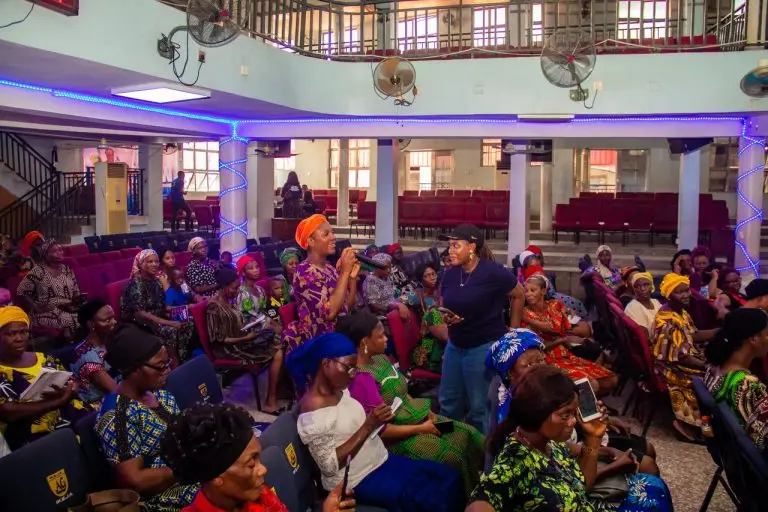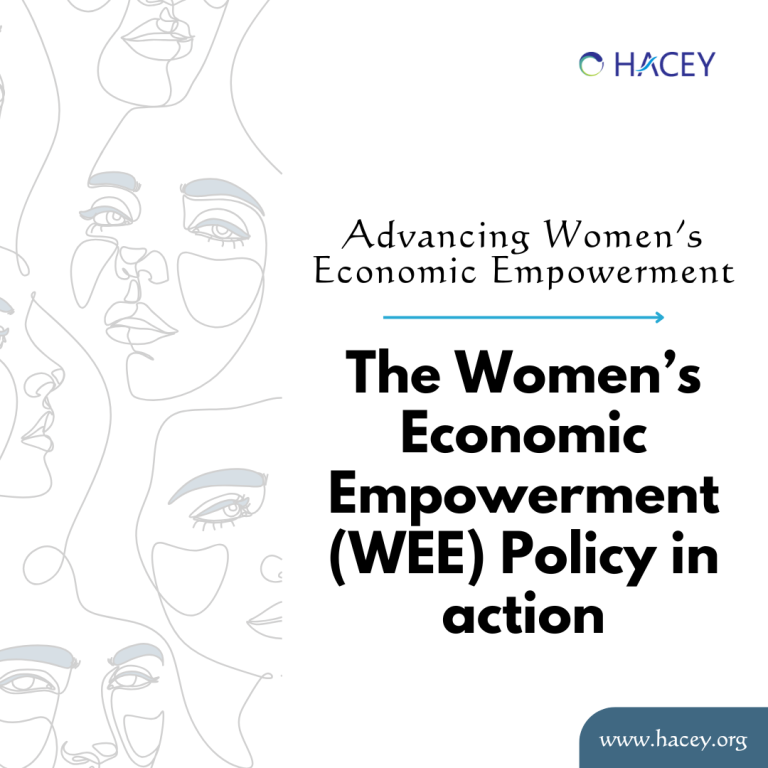“The malaria parasite has been killing children and sapping the strength of whole populations for tens of thousands of years. It is impossible to calculate the harm malaria has done to the world.” – Bill Gates.
What is Malaria?
Malaria is an insect-borne disease caused by mosquitos. Every year, around 210 million people are afflicted with Malaria, with 440,000 people dying due to the disease. Worst of all, young children and pregnant women are mostly affected by the disease. Malaria can be transmitted by blood through the use of shared needles or syringes and through an organ transplant or blood transfusion.
Symptoms:
- Cold with shivering, fever
- Headaches and vomiting
- Seizures sometimes occur in younger people with the disease
- Sweats, followed by a return to normal temperature, with tiredness
- Impaired consciousness and multiple convulsions
- Deep breathing and respiratory distress
Prevention:
- Use a mosquito net over the bed if your bedroom isn’t air-conditioned.
- Spray insect repellants on your skin when outdoors.
- Keep your home and surroundings clean without any wastes or stagnant water.
- Mosquitoes get active during the night and pose a higher risk, therefore all windows and doors should be closed.
A pregnant woman should:
- Use long-lasting insecticide-treated mosquito nets.
- Visit the antenatal clinic as scheduled and make use of Intermittent Preventive treatment.
- Ensure her surroundings are clean and clear of stagnant water.
Facts and Figures:
- Malaria is a common and life-threatening disease caused by Plasmodium falciparum (P. falciparum).
- Globally, there were 228 million malaria cases in 2018 (WHO, 2020).
- Africa bears the largest burden of Malaria, with about 93% cases of Malaria and a 94% mortality rate (WHO, 2020).
- The most vulnerable group are pregnant women and under – 5 children.
- Malaria kills; however, it is preventable and curable.
Treatment:
- Rapid Diagnostic Test (RDT) is an alternate way of quickly checking the diagnosis of malaria infection by detecting specific antigens in a person’s blood.
- Artemisinin Combination Therapy: The main goal of treatment is to eliminate Plasmodium parasites from a patient’s bloodstream as quickly as possible to avoid an uncomplicated case escalating to severe disease or death. It is a combination of two or more medications that function in distinct ways against the parasite.
- Long-Lasting Treated Nets: An insecticide-treated net (ITN) is typically a bed net that has been treated with a safe, residual insecticide to kill and repel parasitic mosquitos.
HACEY Health Initiative is a development organization focused on improving the health and productivity of vulnerable and underserved populations in Africa with our focus on women and girls. Read more about our work and follow us on social media for updates.
Written by Tomiyin Ayibiowu


